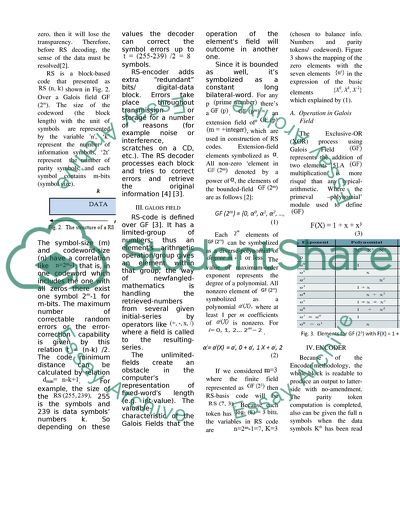Cite this document
(Error Detection and Correction for ATM Technology - Reed-Solomon Case Study Example | Topics and Well Written Essays - 4250 words, n.d.)
Error Detection and Correction for ATM Technology - Reed-Solomon Case Study Example | Topics and Well Written Essays - 4250 words. https://studentshare.org/information-technology/1816088-error-detection-and-correction-for-atm-technology
Error Detection and Correction for ATM Technology - Reed-Solomon Case Study Example | Topics and Well Written Essays - 4250 words. https://studentshare.org/information-technology/1816088-error-detection-and-correction-for-atm-technology
(Error Detection and Correction for ATM Technology - Reed-Solomon Case Study Example | Topics and Well Written Essays - 4250 Words)
Error Detection and Correction for ATM Technology - Reed-Solomon Case Study Example | Topics and Well Written Essays - 4250 Words. https://studentshare.org/information-technology/1816088-error-detection-and-correction-for-atm-technology.
Error Detection and Correction for ATM Technology - Reed-Solomon Case Study Example | Topics and Well Written Essays - 4250 Words. https://studentshare.org/information-technology/1816088-error-detection-and-correction-for-atm-technology.
“Error Detection and Correction for ATM Technology - Reed-Solomon Case Study Example | Topics and Well Written Essays - 4250 Words”. https://studentshare.org/information-technology/1816088-error-detection-and-correction-for-atm-technology.


